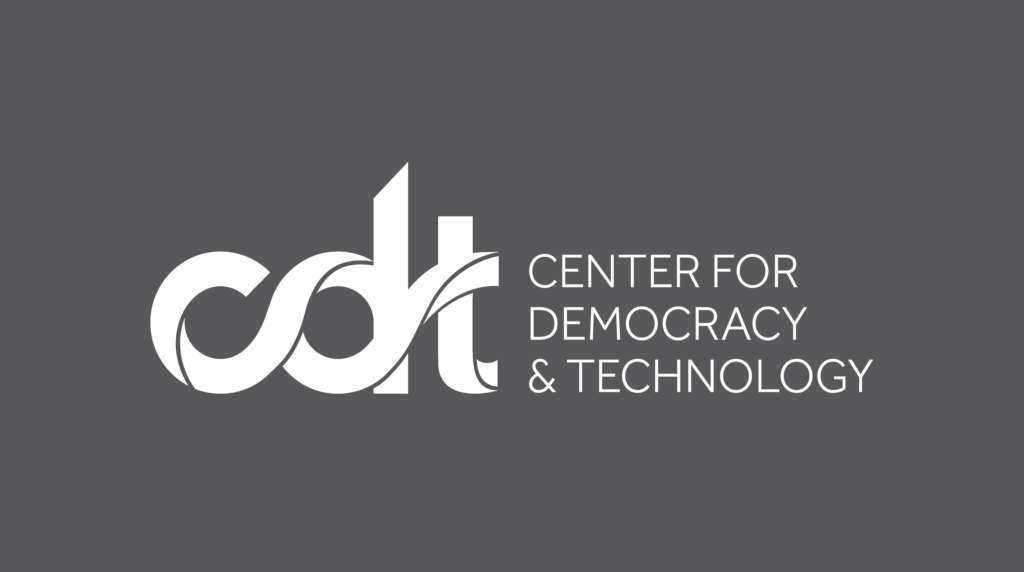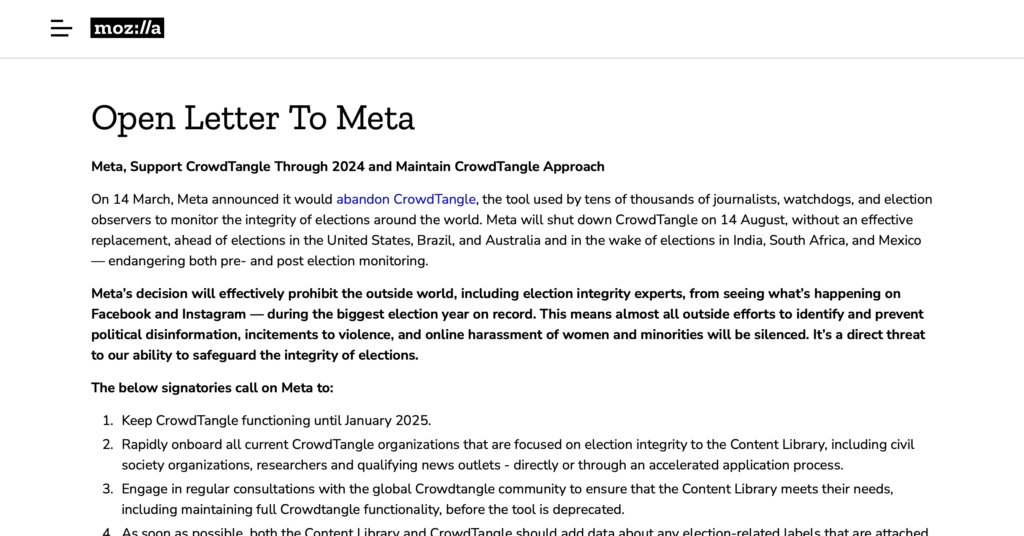The Native American Experience in US Elections
One of 2018’s great successes in the election community was improving communication between federal, state, and local officials while bringing security researchers and policy experts into the conversation of how election security could improve. Associations like NASS & NASED held meetings, MIT & Harvard hosted summits, and the security industry highlighted elections at their conferences such as RSA & DEFCON. One distinctive perspective was missing from many of those convenings: Native Americans. The Carter Center sought to correct that oversight in December by convening election officials and tribal experts in a conversation on the Native American Experience in US Elections.
Historically Native American tribal members have faced systematic disenfranchisement that has made it difficult or impossible to vote in US elections securely and confidently. More than 90 lawsuits have been filed in recent years on issues related to polling place locations, language assistance, and voter identification. With so many resources focused on those issues, security has taken a backseat at precisely the time that other jurisdictions are making it a priority. Tribal governments administer elections differently than those local, county, and state jurisdictions and face unique challenges that may be addressed using modern technology.
Geographic isolation is a major obstacle to voting and other seemingly ordinary aspects of life on reservations. Some residents may need to drive for hours on dirt roads to reach their polling location or mail box. Shifts to consolidated voting centers or adoption of vote-by-mail can impose unintended burdens on tribal voters with limited or infrequent access to transportation. Autonomous vehicles such as drones may be a solution. Drone delivery services are currently being tested in China, Iceland, Rwanda, and Tanzania where the cargo ranges from consumer goods to vital medicines. Similar drone systems could be used to deliver, and even retrieve, election materials or ballots in a fraction of the time with greater convenience to the voters.
Language assistance is another major barrier to voter registration and turnout for elections on reservations. A recent survey identified a small but not insignificant number of language-challenged voters who experienced difficulty understanding the ballot or voting. The current approach relies on translation panels (a group of translators coming to a consensus on translations) to assist with written materials and in-person translators at polling locations for one-on-one assistance on Election Day. One-on-one translation is critical for voters whose native language has no written form, and thus rely on phonetic translation and subtle phrasing to explain non-native concepts. Difficulties having a limited number of translators physically present at far-spread polling locations may be addressed through the use of real-time video chat. With sufficient communication infrastructure (permanent or temporary), real-time video chat may be a bridge to help serve a larger number of voters by reducing the travel time of the limited number of translators. The next evolution of translation would be using AI-powered local translation on devices without an internet connection. No one type of language of assistance will work for all Native American voters. However, providing a number of language assistance options allows the voters to decide the level of assistance that suit their needs.
The lack of traditional street addresses for a significant number of tribal voters became a national news story in the midterm elections. Members of the Standing Rock, Spirit Lake and Turtle Mountain tribes in North Dakota faced a new difficulty voting as a result of a more stringent voter ID law. The law required that only identification with a valid street address would be accepted. On reservations it is common for an individual or even several families to have or share a P.O. Box, multiple homes on or off reservation, a Bureau of Indian Affairs intersection, or a geographic description (4 miles down the dirt path past the chapter house). This makes it complicated for some Native American voters to provide a standardized address that is expected by most state and local GIS databases. Mapping unmapped areas is a challenge that artificial intelligence may be able to solve on a large scale. Facebook and MIT have partnered on a project that uses deep-learning algorithms to process satellite imagery in order to predict road segments. Those road segments are then divided into quadrants that can have addresses assigned to them systematically. Standardized data structures are the foundation for data interoperability. Unfortunately, it is one area computer systems are rather inflexible in their ability to adapt to the reality of life for some voters on reservations.
Geographic isolation, language assistance, and the lack of traditional street addresses are only some of the challenges that Native Americans must overcome in order to vote. New technology may be helpful but is not likely the only solution to these challenges. The foundation of any potential remedies is cultural awareness. Local, state, and federal officials would greatly benefit by engaging with tribal governments and voters to better understand the challenges of voting on reservations. Some of those difficulties may be present in other communities while others are certainly unique to reservations. The recent attention focused on election security can be an opportunity to resolve tribal-specific issues utilizing some of the $380 million in HAVA security funds. Without properly accounting for technical capacity and infrastructure, vulnerable communities will become more isolated and less secure as other jurisdictions improve voter access to ballots while strengthening their defense against interference.


